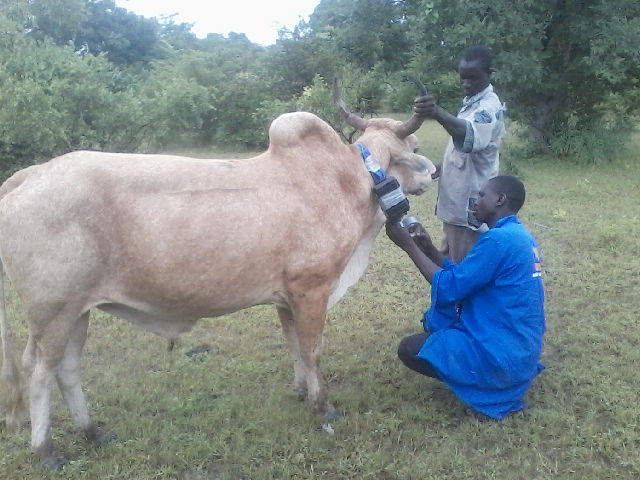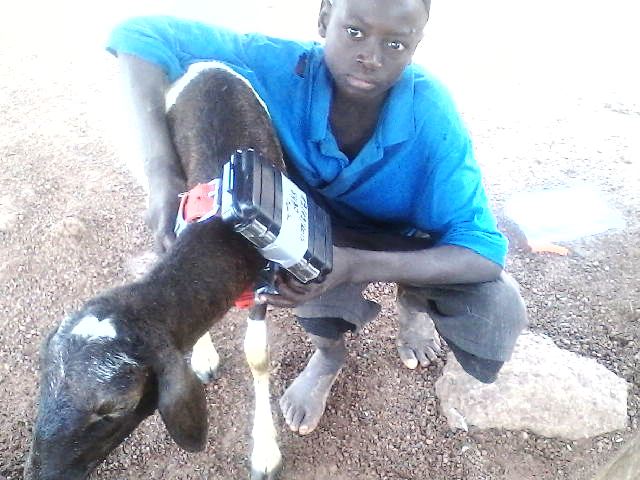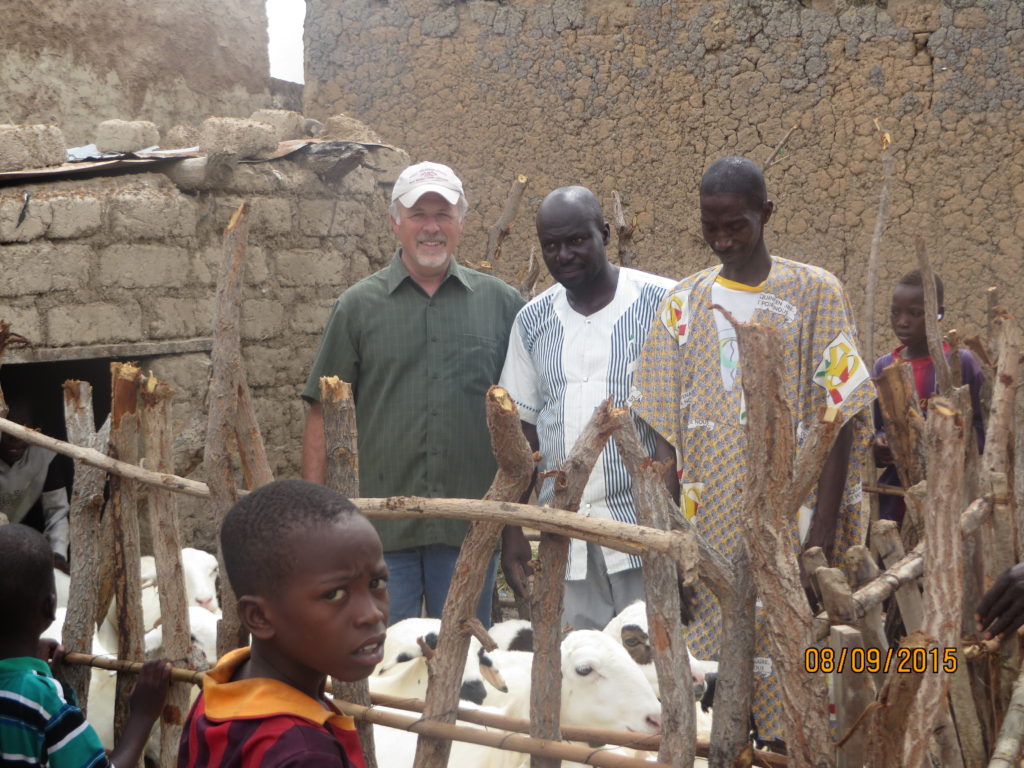Why Are We GPS Tracking Sheeps?
GPS tracking of livestock is being used more frequently by U.S. farmers to monitor the movements of their animals as they evaluate land utilization and improvement through grazing. GPS tracking data helps farmers understand a great deal about how pastured animals interaction with the land. This is important for land preservation and recovery activities.
In Mali, West Africa, this research is also important to help improve feeding options for sheep, goats and cattle while helping to preserve the fragile Sahel soils. This technology increases our understanding of the kinds and amounts of feed goats, sheep and cattle are likely to harvest while grazing and the amount of energy they use up while ranging over rough, sparse grounds.


Sheep and goats thrive on brush and browse, turning foods humans cannot digest into valuable protein meat and milk. They survive in environments where vegetables shrivel even with irrigation. Their digestive system is designed to break down brush, leaves and grasses and extract value from it.
Goats and sheep adapt well to drought and are able to utilize water contained within plant cells. This is one of the reasons that world-wide more people drink the milk of goats than any other dairy animal. Dairy cows require proportionately higher quantities of water per quantity of milk produced and even with supplementation will not continue to produce milk when heat stressed. In many countries water needs to be hauled in buckets by children and women for long distances.
In cultures where families have few food options sheep and goat meat provides a complete protein and with minimal supplementation. We forget that the majority of the planet does not have diverse food options that are trucked, imported, and perhaps delivered by express systems for our out-of-season eating pleasure.
GPS is one of many technologies to help develop strategies to use limited feed supplements such as cassava foliage and legume trees in the most effective and efficient manner.

More information can be found at Common Pastures. This project was conducted by volunteer Dr. Andres Cibils, Professor of Rangeland Science, Department of Animal and Range Sciences, New Mexico State University, Las Crusces and Dr. Konimba Bengaly, Project Researcher and Professor, Coordinator Center for Expertise and Applied Research, University of Segou, Mali.
